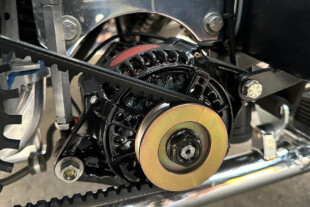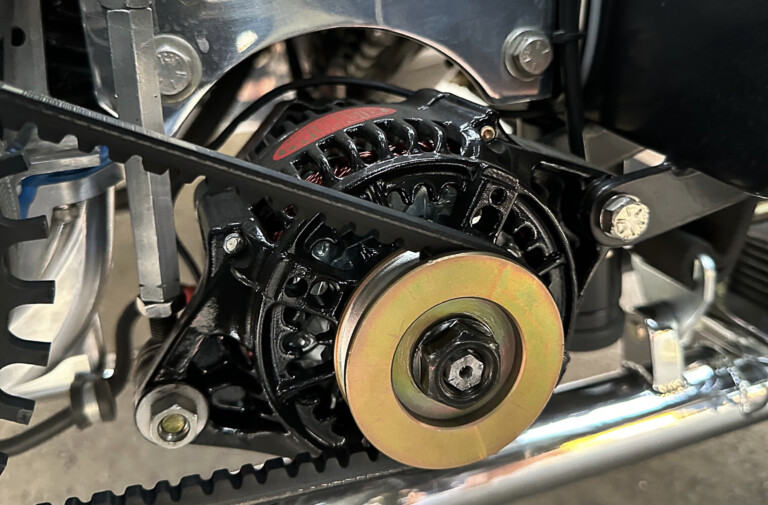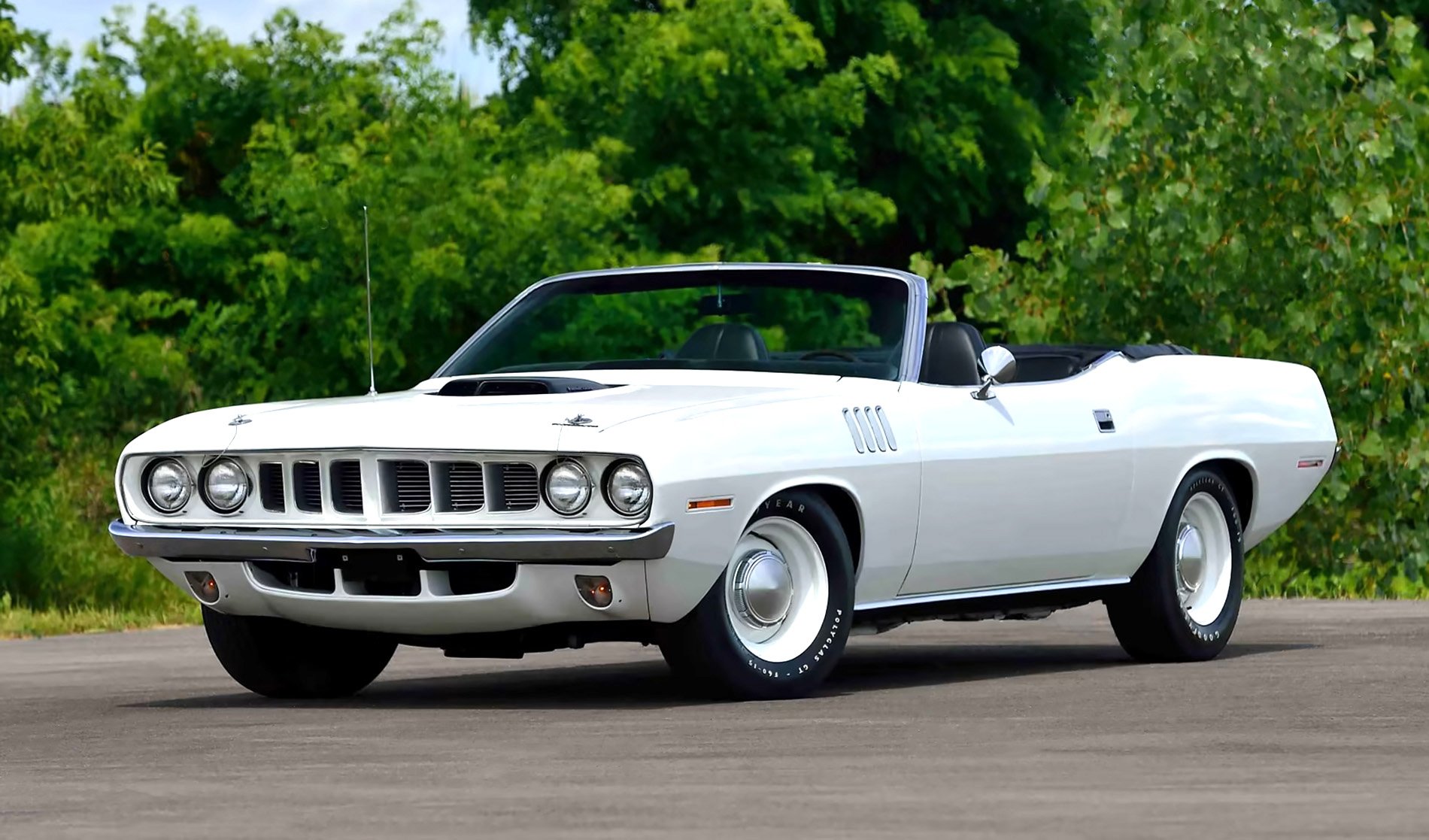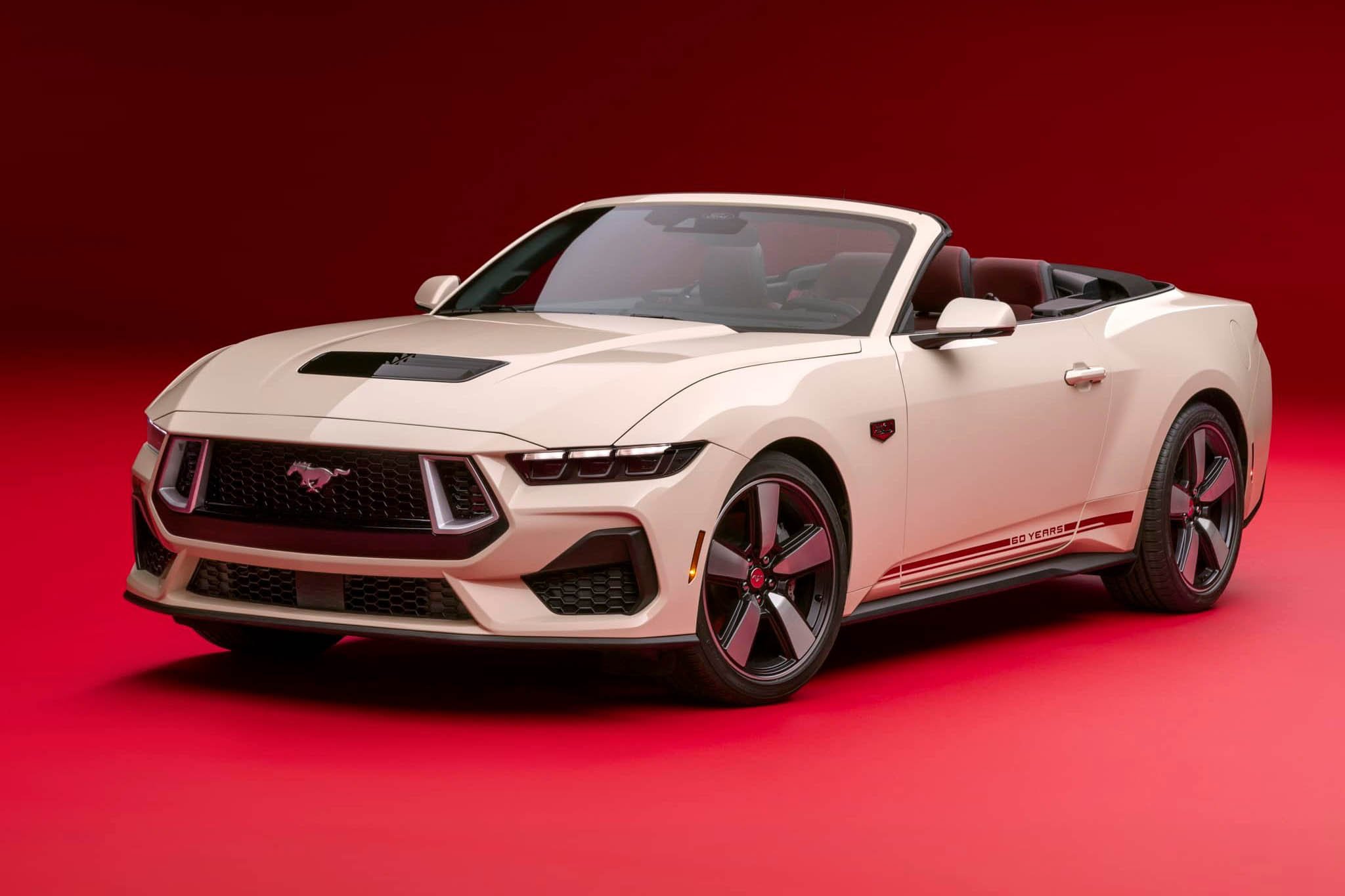Words And Photos: Richard Holdener
Is there any chance that Ben Franklin was thinking about turbo motors when he wrote, the honey is sweet but the bee has a sting in Poor Richard’s Almanac? This phrase obviously means that we shouldn’t let something good tempt us since there is always a price to pay. Okay, so maybe big Ben was more interested in kite flying than turbo LS motors, but the honey and bees are no less relevant. We all love boost, especially when it comes from a turbo, but there is (as always) a negative side to positive pressure.
One of the unfortunate laws of physics is that heat is a natural byproduct of compression. All that wonderful boost causes unwanted heat and heat is the enemy of both power and longevity. We love the boost but hate the byproduct, so what is an enthusiast to do? The answer is obviously intercooling, but let’s take a closer look not just at intercooling, but at the actual changes in charge temperatures and power generated during a recent test on intercooling.
Before getting to the test, we should take a brief look at intercooling. We mentioned that the boost pressure supplied by forced induction heats the inlet air and that heated inlet air is bad for both power and safety. The cure to increased charge temps caused by boost is intercooling. Intercoolers involve running the heated charge air through a heat exchanger. The two most common types of intercooling include air-to-air and air-to-water heat exchangers.
The air-to-air intercoolers rely on increased surface area and ambient airflow through the core to lower the charge temperature, while air-to-water cores rely on water as the cooling medium. This discussion is not about which one is more efficient, as the choice will come down to the specific application. For our test, we ran an air-to-water core from CX Racing with and without water flowing. As the data will illustrate, the mere fact that we had a core, even with no water flow, meant that some cooling took place, but the system was not nearly as effective as had cooling water been flowing freely.
To test the effect of the cooling water, we had to set up a turbo motor. Luckily we had just such an animal at our disposal in the form of a short-stroke LS3. The LS3 block from Gandrud Chevrolet was stuffed with a 4.8L crank, 6.30-inch Lunati rods and custom JE forged pistons. The LS3 short block was filled with a Stage 2 turbo cam from Brian Tooley Racing then topped with a set of TFS Gen X 255 heads and Holley Hi-Ram induction system. Airflow came via a FAST 102mm throttle body while fuel was supplied by a set of Holley 83-pound injectors controlled by a Dominator EFI system.
The single turbo system was a home made affair consisting of a pair of tubular manifolds from DNA Motoring feeding a custom Y pipe. The T4 turbo flange fed a 76mm Precision turbo controlled by a 45mm Hypergate from Turbo Smart (set to 7 psi). The test revolved around an air-to-water intercooler supplied by CX Racing that featured 3.5-inch inlets and outlets. The core relied on a single water inlet and single water outlet, allowing us to manually shut off the supply of 83-degreed dyno water to the core. We monitored the air temps both before and after the intercooler as well as with and without the water flow.
The first test was to turn the turbo motor with the intercooler functioning properly with full water flow through the core. The waste gates were set with 7-psi springs, which resulted in a maximum boost level of 7.4 psi. Running 7.4 psi resulted in a rising charge temp exiting the turbo. During the run, the inlet air temp exiting the turbo rose from 109 degrees to 183 degrees. Using 83-degree dyno water as the cooling medium, the air temps exiting the intercooler never exceeded 98 degrees and actually dropped down to 90 degrees during the run (see graph 3).
Even at the relatively low boost of 7.4 psi, the inlet air temp rose to 183 degrees and that was with a steady supply of ambient air to the turbo, which might not be the case under the hood. The intercooler was on the job, reducing the charge temps by almost 90 degrees! The results were quite different after shutting off the water flow to the core, as the inlet air temps (after the intercooler) started higher at 134 degrees and rose to 144 degrees. This was 46 degrees higher than the air temp with water flow. The result was not just hotter air (which can cause harmful detonation), but a loss in power from 733 hp to 706 hp. These results are proof positive that the best medicine to lower the air temps and make more power is the one and only chill pill!
This test involved running the short-stroke, turbo LS3 with and without water flow to the CX Racing air-to-water intercooler. The test was designed to demonstrate the ability of the water to remove the heat from the charge air. From a power standpoint, it is obvious that water flow is important as the power dropped by 27 hp (from 733 hp to 706 hp) with no water flow. Heat is the enemy of power and ATW intercoolers only work with proper water flow.
In addition to the change in power, we also monitored the inlet air temps during each run. Equipped with 83-degree (dyno water) running through the core, the inlet air temps never exceeded 98 degrees and dropped below that point at the end of the run. Without the water, the inlet air temps started at 134 degrees and rose to 144 degrees, an increase of nearly 50 degrees over the functioning intercooler. In addition to the loss in power, the elevated charge temps also increase the likelihood of detonation. It is interesting to note that even without water flow, the intercooler dropped the charge temps compared to the air exiting the turbo. Without water flow the intercooler worked, just not as well.
This graph illustrates the difference in the inlet air temp before and after the intercooler. The heated charge air coming out of the turbo (at 7.5 psi) rose from 109 degrees to 183 degrees. After running through the intercooler core, the charge temp never exceeded 98 degrees, dropping down as low as 90 degrees during the run. The intercooler dropped the inlet air temps by roughly 90 degrees using 83-degree water. The upshot of all this data is that intercooling works, even at low boost, so use it!
https://youtu.be/AtS7xrRLLqA
Sources
ATI
atiracing.com
CXRacing
cxracing.com
DNA Motoring
dnamotoring.com
FAST
fuelairspark.com
Gandrud Chevrolet
gandrudpartscenter.com
Holley/Hooker
holley.com
JE Pistons
jepistons.com
Lucas Oil
lucasoil.com
Lunati
lunatipower.com
Precision Turbo
precisionturbo.net
Trick Flow Specialties
trickflow.com
Turbo Smart
turbosmartusa.com





















